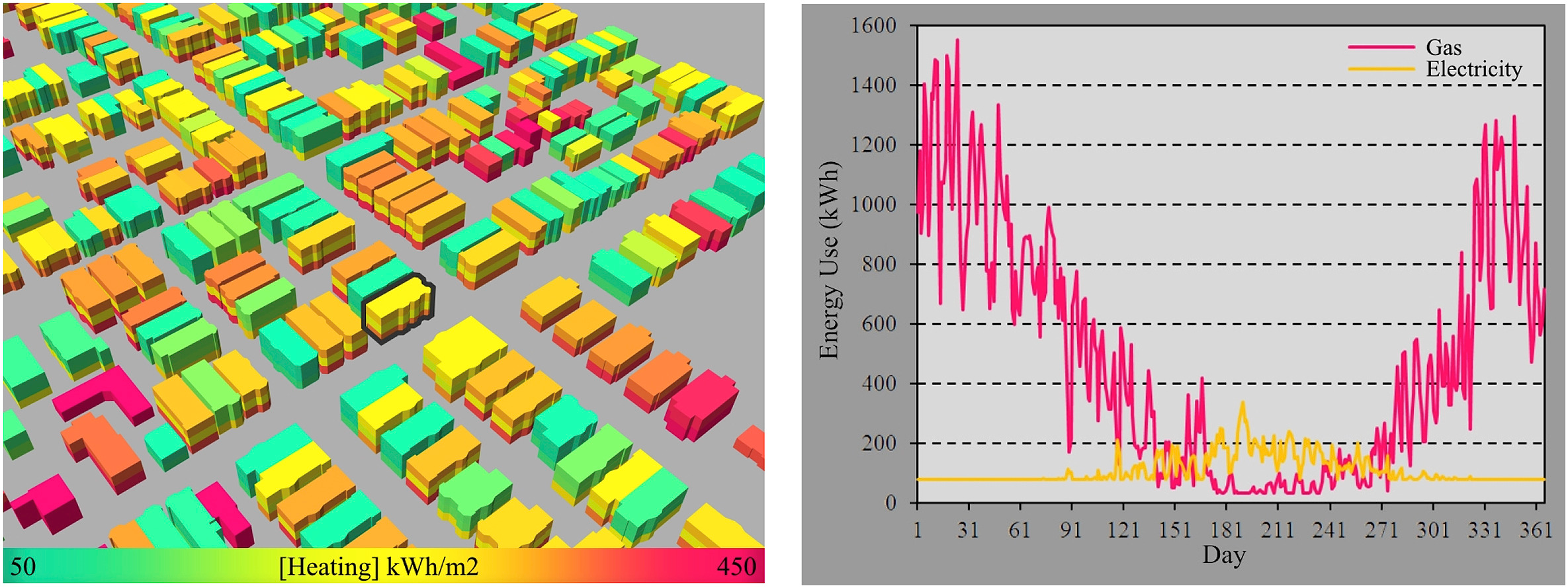A guide to the drivers, opportunities, challenges and implementation steps for small and medium-sized enterprises (SMEs) looking to adopt traceability in their supply chains, focussing on Goal 8
The discussion links Principle 5 of the Women’s Empowerment Principles (WEPs), which encourages companies to expand on their business connections with women-owned enterprises, to advance Goal 5
The 2016 report by the Hong Kong Association of Banks (HKAB) into trade-based money laundering ups the momentum to improve anti-money laundering and counter terrorist financing. Such actions will contribute to the advancement of SDG 16.4 to significantly reduce illicit financial and arms flows, strengthen the recovery and return of stolen assets and combat all forms of organized crime.
This book chapter advances SDGs 3 and 13 by discussing the public health preparedness aspects of preparing for and recovering from severe winter storms.
This book chapter advances SDGs 3 and 13 by explaining the factors contributing to wildfire morbidity and mortality.
UNGC Executive Director Lise Kingo discusses the ten principles and how companies can advance the 17 global goals.
This chapter addresses goal 3 by examining the prevalence and epidemiology of Alzheimer's Disease.
This chapter addresses SDG 3 by discussing the mechanisms behind early life stress being a risk factor for depression.
Over the past decades, detailed individual building energy models (BEM) on the one side and regional and country-level building stock models on the other side have become established modes of analysis for building designers and energy policy makers, respectively. More recently, these two toolsets have begun to merge into hybrid methods that are meant to analyze the energy performance of neighborhoods, i.e. several dozens to thousands of buildings. This paper reviews emerging simulation methods and implementation workflows for such bottom-up urban building energy models (UBEM).
Multidisciplinary, innovative and high values development of high performance, cost-effective and environmentally acceptable separation systems is highly desired to tackle the sustainability challenges that facing current desalination technology. Owing to their versatility and immense potentials to evolve scientific and technical innovations, nanotechnology is probably one of the most prominent strategies that has gained growing scientific and public recognition to provide solutions that can extend the limits of sustainability in membrane desalination technology.


